Explore the Best AI Image Gallery
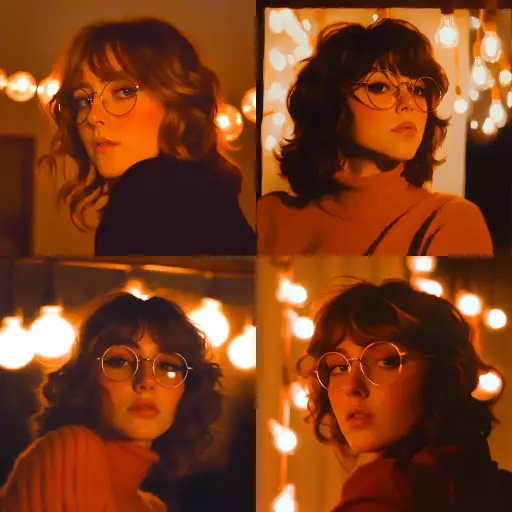
Beyond the Brush: Wearable Tech as a New Frontier for Creativity
The intersection of technology and art has always been a fascinating space. From the advent of photography to the rise of digital design, each innovation has pushed creative boundaries and redefined artistic expression. Today, wearable technology stands poised to become another groundbreaking force in this evolution, offering artists, designers, and creators unprecedented tools to explore new dimensions of imagination and innovation.
Wearables: Amplifying Human Creativity
Wearable tech encompasses a wide range of devices—smartwatches, augmented reality glasses, haptic suits, motion sensors—that seamlessly integrate with the users body. This intimate connection allows for a level of interaction and feedback previously unimaginable. Imagine a painter using gloves that translate hand movements into brushstrokes on a virtual canvas, or a musician composing music by controlling sounds through their heartbeat rhythm.
Transforming Creative Processes
- Interactive Design: Wearables enable real-time interaction with digital designs. Architects can visualize buildings around them, fashion designers can see how fabrics drape on 3D models, and product designers can test prototypes virtually.
- Immersive Experiences: AR glasses can overlay digital elements onto the physical world, creating interactive art installations or immersive storytelling experiences. Imagine walking through a city where historical figures appear, offering insights into the past.
- Personalized Expression: Wearable tech allows for highly personalized creative expression. Think of clothing that changes color based on mood or jewelry that reacts to music. This opens up new avenues for self-expression and storytelling.
The Ethical Dimensions
As with any powerful technology, wearable tech raises ethical considerations that need careful attention:
- Data Privacy: Wearables collect vast amounts of personal data. Ensuring user consent and protecting this data from misuse is paramount.
- Accessibility and Inclusivity: Technology should be accessible to all. Designers must consider the needs of diverse users, ensuring that wearable tools do not create further divides.
- Algorithmic Bias: AI algorithms used in creative applications can perpetuate existing biases. Its crucial to develop ethical guidelines and promote fairness in these systems.
Looking Ahead: The Future of Wearable Creativity
The future of wearable tech in the creative industry is brimming with possibilities:
- Collaborative Creations: Imagine artists from different locations collaborating on a project, each wearing a haptic suit that allows them to feel and interact with each others creations in real time.
- AI-Powered Inspiration: AI algorithms could analyze user data and offer personalized creative prompts or generate new artistic concepts, sparking fresh ideas.
- Immersive Education: Wearables can revolutionize art education by providing hands-on experiences and immersive simulations, allowing students to learn and explore creatively.
As wearable technology continues to evolve, it promises to reshape the creative landscape, empowering individuals and communities to express themselves in unprecedented ways. By embracing innovation while remaining mindful of ethical considerations, we can unlock the full potential of this exciting frontier and usher in a new era of artistic expression.



](https://images.ai-img.art/thumbnails/150/60973df1d727dbbf8e6922b7e4836814ab6012106eb9dcfe99aea7aec15f3710.webp)
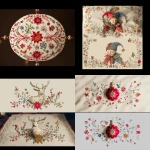
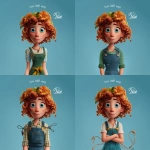







](https://images.ai-img.art/thumbnails/150/26c16e4f635deee86633de398088ca98d9bb748d6e7601436b07e882fab236cb.webp)


](https://images.ai-img.art/thumbnails/150/6c909fd6d38caac6572b592dd97831deb7d6562bba142798574677582676dfc1.webp)



](https://images.ai-img.art/thumbnails/150/655229c40961cb7ff5abd4b4190e02c94ea1a961106e7547a562649c945268be.webp)











](https://images.ai-img.art/thumbnails/150/184b4b030e30be0a6d51b544226cb4cf2271977814d935d3aaa2b7529355b3b7.webp)




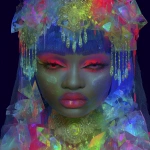




](https://images.ai-img.art/thumbnails/150/e6a179db327f0374ec327d0fdab48ac1f2dc47123eed103b0a41ed346280d07d.webp)


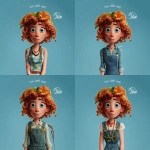
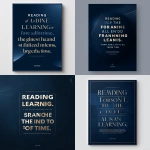


](https://images.ai-img.art/thumbnails/150/1202074d0d60b08b64d0f91f36468608aaac200a02b721cc8e6d8ec8a908432c.webp)